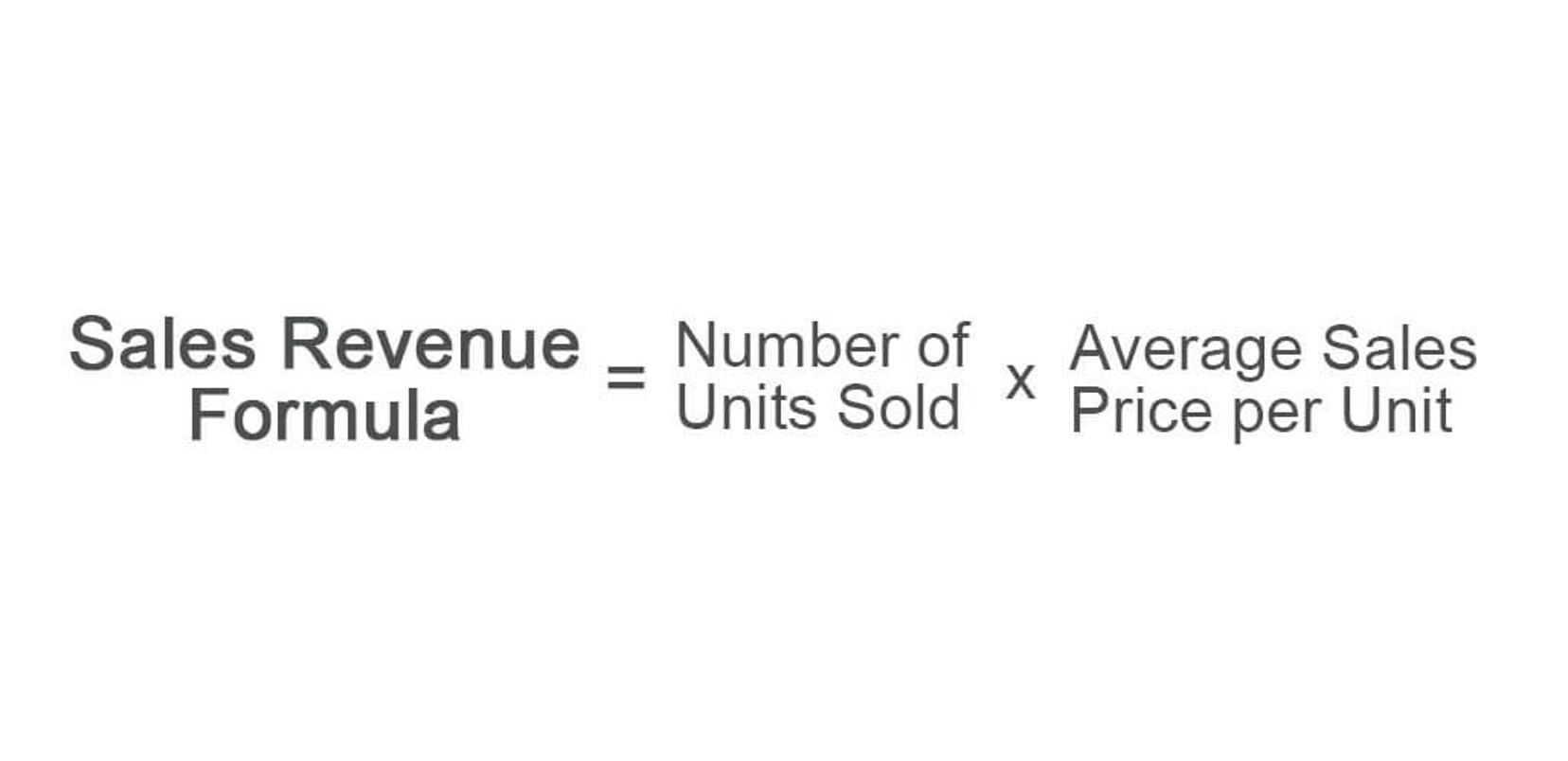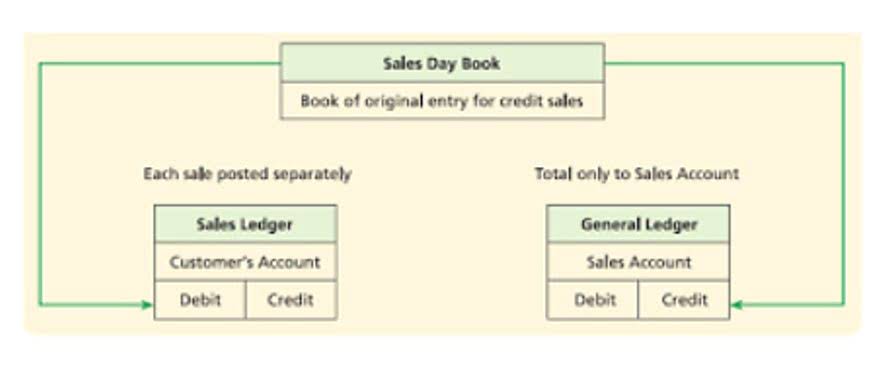
Another example is the sale of investments or assets that the company no longer needs, which can generate cash inflow. This can include selling old inventory, divesting from non-strategic holdings, or liquidating investments that no longer align with the company’s goals. Investing activities are a crucial aspect of financial management and analysis, often underpinning the long-term success of any business or individual. By understanding what constitutes investing activities, you can gain insight into how capital is allocated and how these actions can influence future revenue.
- It is because of this reason that cash flow from this investing activity is reported on your cash flow statement slowly and over a period of time, mostly in line with your installment payment dates.
- Cash inflows typically include proceeds from asset sales, while outflows include purchases of investments.
- Deskera Books is online accounting software that can be accessed from anywhere.
- Let’s go through every one of them to get a good overview of what they are and their risk and return correlation.
- There are two main items in non-current assets – Land and Property, Plant and Equipment.
What’s the Formula for Free Cash Flow?

In this blog, we will focus on understanding cash flow statements by examining cash flow from investing activities, its components, examples, and how to calculate it. The net cash flow from investing activities includes all the transactions involving acquiring and selling long-term investments, property, plants, and equipment. The three sections of Apple’s statement of cash flows are listed with operating activities at the top and financing activities at the bottom of the statement (highlighted in orange). Below are a few examples of cash flows from investing activities along with whether the items generate negative or positive cash flow. The cash Car Dealership Accounting flow statement segregates cash flows into three primary activities—operating, investing, and financing. Understanding this distinction is crucial for evaluating a company’s overall financial health.
Cash Flow From Investing Activities Explained: Types and Examples (
- Therefore, the cash received from the sale of these long-term assets will be reported as positive amounts in the cash flows from investing activities section of the SCF.
- These activities primarily involve the acquisition and disposal of long-term assets such as property, plant, equipment, and investments in marketable securities.
- Investing isn’t rocket science, but it does require a thorough understanding of the risks and rewards each investment asset class carries.
- Investing activities are important because when a company spends money on non-current assets, it reports negative cash flow temporarily, but this will be beneficial for the company in the long term.
- Investing activities in accounting refers to the purchase and sale of long-term assets and other business investments, within a specific reporting period.
JPM assumes no duty to update any information in this material in the event that such information changes. Any projected results and risks are based solely on hypothetical examples cited, and actual results and risks will vary depending on specific circumstances. Forward-looking statements should not be considered as guarantees or predictions of future events. Investments investing activities are taxed at different rates – either as income or as capital gains, and ultimately.
Hedge funds and private equity
- Cash flow from investing activities is a line item on a business’s cash flow statement, which is one of the major financial statements that companies prepare.
- A risk-return tradeoff is an investment principle, and they go hand-in-hand in investing.
- It reports how much cash has been generated or spent from various investment-related activities in a specific period.
- As an Investopedia fact checker since 2020, he has validated over 1,100 articles on a wide range of financial and investment topics.
- Any corporation’s cash flow statement shows three parts, each indicating different types of activities.
If a company reports a negative amount of cash flow from investing activities, that’s a good clue that the business is investing in capital assets, which means in the Accounting Periods and Methods future, you can expect their earnings to grow. That’s especially true in capital-driven industries like manufacturing, which require big investments in fixed assets to grow their businesses. Cash flow from investing activities includes any inflows or outflows of cash from a company’s long-term investments. Historically, these three main asset classes are stocks (equities), bonds (fixed-income), and cash equivalents (savings accounts, money market funds).
- It is often a sign that the company is investing in assets, research, or other long-term development activities that are important to the health and continued operations of the company.
- Together, they provide a comprehensive picture of the business’s financial health, but they do so from different perspectives regarding time and strategic focus.
- Moreover, poor investment decisions can result in underperformance or loss, which can adversely affect the company’s financial health and investor confidence.
- In this article, we will discuss investing cash flow, investing activities examples, how to calculate cash flow from investing, and why cash flow from investing activities is important for assessing a company’s growth.
- Investing in the right opportunities today can pave the way for financial success tomorrow—so take time to analyze, plan, and execute your investing activities wisely for the best outcomes.
For instance, if your company buys a new machine, then the output produced by your company will increase, therefore improving its cash flow and increasing its gross profits. Similarly, if your company invests in obtaining acquisitions, it will increase your revenue by increasing your efficiency. Another interesting aspect to look into this CFI is the column of proceeds from the disposal of fixed assets and proceeds from the disposal of a business. If the figures are substantially high, it can help visualize why the company is disposing of assets. As we already know that CFI is related to non-current asset portions of the balance sheet. There are two main items in non-current assets – Land and Property, Plant and Equipment.
